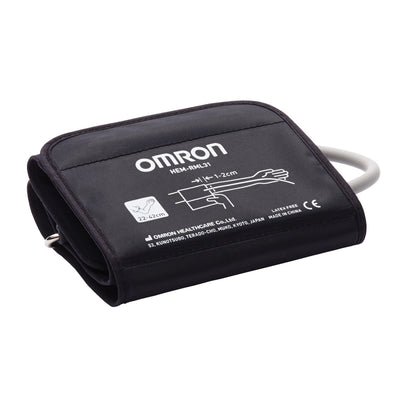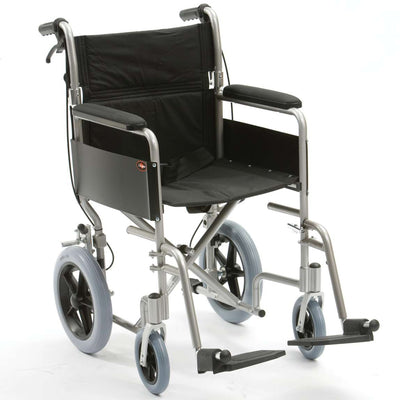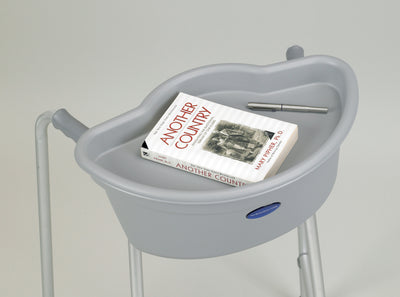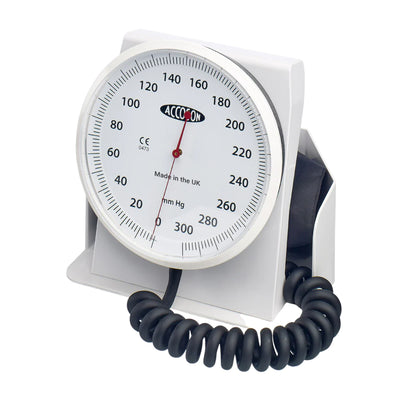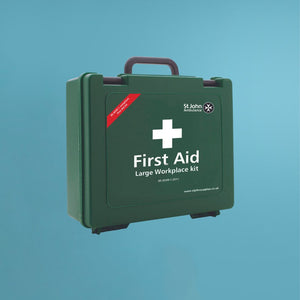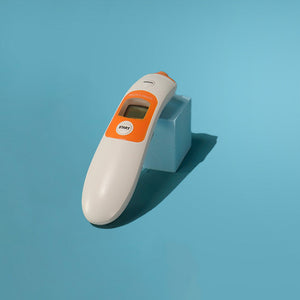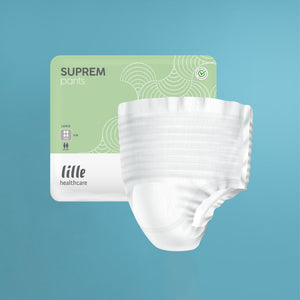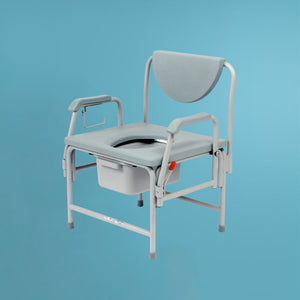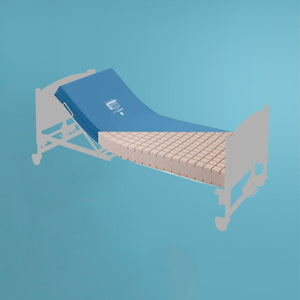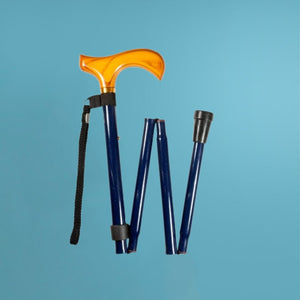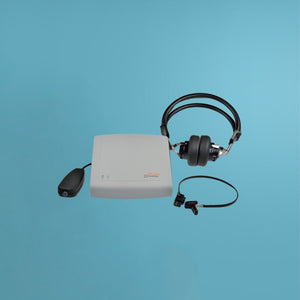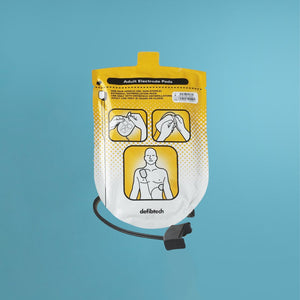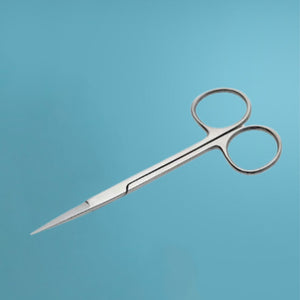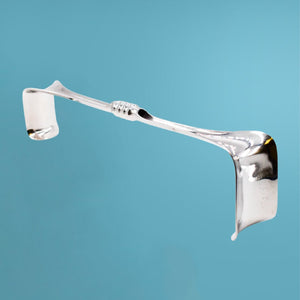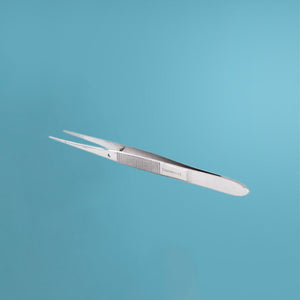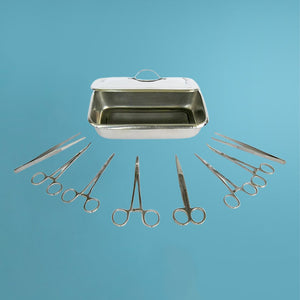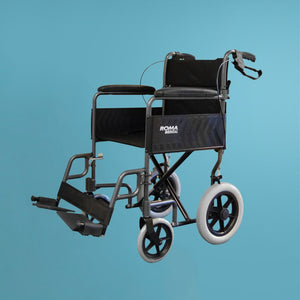Blogs

Parts of a Stethoscope | How the ear plugs work to hear your heart!
19.09.2023
Stethoscope Components: Not just any old Ear Plugs
The earplugs, also known as ear tips or earpieces, play a critical role in the stethoscope's overall function. Read on to find the importance of ear plugs, their design, and how they are crucial for diagnoses.
The design and materials of Ear tips
Ear tips are small, typically cone or mushroom-shaped components that fit into the listener's ears. They connect to the stethoscope's tubing and serve as the final step in transmitting sound waves from the chest piece to the healthcare professional's ears.
Ear tips are usually made from soft, pliable materials such as silicone, rubber, or polyvinyl chloride (PVC) to provide a comfortable fit and create a tight seal within the ear canal. Typically these materials are durable, easy to clean, and hypoallergenic. Making them perfect to use in a medical setting during a health practitioner’s busy day-to-day.
Different Types of Ear Tips
There are several types of ear tips available, designed to cater to individual preferences and comfort levels. Some common types include:
Soft-sealing ear tips: These are made from soft, flexible materials and conform to the shape of the ear canal, providing a snug fit and improved noise reduction.
Firm ear tips: These are more rigid and may provide better sound transmission, although they may be less comfortable for some users.
Specialised ear tips: These are designed for specific applications or user groups, such as pediatric ear tips for use with infants and children.
The ear tips attach to the end of the stethoscope tubing, where they are secured onto metal or plastic ear tubes. The ear tubes angle slightly forward to align with the natural curve of the ear canal, ensuring a comfortable fit and optimal sound transmission.
The design and materials used in ear tips directly influence sound quality. High-quality ear plugs provide better sound clarity and amplification, enabling healthcare professionals to accurately identify and interpret subtle nuances in a patient's internal sounds. Additionally, comfortable and well-fitted ear tips help to reduce fatigue during long listening sessions, enhancing the overall user experience.
How Ear Plugs Channel Sound Waves into the Listener's Ears
Once sound waves travel through the stethoscope tubing, they enter the ear tips which direct the sound into the listener's ear canal. The ear plugs' shape and design help to focus the sound waves, ensuring clear and accurate sound transmission.
One of the primary functions of ear tips is to reduce external noise interference. A well-fitted ear plug creates a seal within the ear canal, blocking out ambient noise and allowing the listener to focus on the patient's internal sounds. This is crucial for the stethoscope user to listen to the sounds of the body clearly.
So you can see that ear tips contribute a lot to the function of the stethoscope. This includes sound transmission, noise reduction, and user comfort.
Learn More Now

Parts of a Stethoscope | How the tubing works to hear your heart!
20.09.2023
Stethoscope Components: What's in the Stethoscope Tubing?
One crucial component of the stethoscope that plays a vital role in the transmission of sound is the tubing. In this article, we will review the construction and materials used in stethoscope tubing, explain the role of tubing in transmitting sound waves, and how important they are in minimizing external noise interference.
Materials Used in Stethoscope Tubing
The tubing of a stethoscope is typically made of high-quality, flexible materials such as latex-free rubber, PVC, or silicone. These materials are selected to provide durability, flexibility, and resistance to external factors such as temperature, chemicals, and oils. The tubing is designed to be non-stick and easy to clean, which is essential for maintaining hygiene in clinical settings. The best tubing material should be resistant to cracking and wear over time, ensuring a long-lasting and reliable stethoscope.
Role of Tubing in Transmitting Sound Waves
The primary function of the tubing in a stethoscope is to transmit sound waves from the chest piece to the earpieces. When the chest piece is placed on a patient's body, it captures vibrations generated by internal sounds. These vibrations are converted into sound waves that travel through the tubing to the earpieces, allowing the healthcare professional to hear and analyze the patient's internal sounds.
The tubing is designed to maintain a high-quality sound through its journey up the tubing. Its flexibility enables the stethoscope to be comfortably positioned around the patient's body without losing out on sound quality. Additionally, the material and thickness of the tubing are carefully selected to ensure sound waves travel efficiently and accurately from the chest piece to the earpieces.
Importance of Minimizing External Noise Interference
In a clinical setting, there can be significant levels of ambient noise from various sources such as conversations, medical equipment, and environmental factors. External noise can interfere with the accurate detection and interpretation of a patient's internal sounds, making it challenging for healthcare professionals to make accurate diagnoses.
The stethoscope tubing plays a crucial role in minimizing external noise interference. Its thick, high-quality material acts as a sound insulator, blocking out noise and preventing it from reaching the earpieces. This gives the user the ability to focus on just the sound that is emitted from the patient’s body.
Even more crucial moments will involve assessing subtle or faint sounds, such as heart murmurs or breath sounds in patients with respiratory conditions. Accurate detecting of these sounds can be critical for early diagnosis and effective treatment planning.
In conclusion, the tubing of a stethoscope is a critical component in the transmission of sound from the chest piece to the earpieces. The construction and materials used in stethoscope tubing ensure durability, flexibility, and high-quality sound. The tubing also plays a crucial role in minimizing external noise interference, allowing healthcare professionals to accurately assess and diagnose their patients' internal sounds.
Learn More Now

Parts of a Stethoscope | How chest piece works to hear your heart!
19.09.2023
Stethoscope Components: The Importance of the Bell & Diaphragm
The chest piece is a critical component of the stethoscope and plays a major role in capturing sound. We will break down the two main types of chest pieces, their structure and functions, and the materials. All of these factors contribute to detecting and transporting sound waves to the ears of the user.
Types of Chest Pieces: Diaphragm and Bell
The two primary types of chest pieces in stethoscopes are the diaphragm and the bell. The diaphragm is a flat, circular surface that detects high-frequency sounds such as lung and heart sounds, as well as bowel sounds. The bell, on the other hand, is a smaller, cup-shaped surface designed to detect low-frequency sounds such as heart murmurs and bruits. Both the diaphragm and bell serve different functions, allowing users to listen to a wide range of sounds made by the body.
Material, Structure and the function of Diaphragm and Bell
The diaphragm is composed of a thin, flexible membrane that vibrates when placed against the patient's body, capturing high-frequency sounds. This membrane is attached to a metal or plastic rim that secures it to the chest piece. The bell features a concave, hollow surface that amplifies low-frequency sounds when applied to the body with light pressure.
Chest pieces are typically made from materials like stainless steel, brass, or aluminium. These materials are chosen for their durability, acoustic properties, and resistance to corrosion. High-quality stethoscopes often feature stainless steel or brass chest pieces, as they provide better sound transmission and longevity compared to aluminium.
When the chest piece is placed on the patient's body, it captures vibrations generated by internal sounds such as heartbeats, breath, or bowel sounds. These vibrations cause the diaphragm or bell to vibrate, creating sound waves that travel through the tubing and into the earpieces.
Impact of Design and Material on Sound Quality
High-quality materials such as stainless steel or brass provide better sound transmission, while the shape and size of the diaphragm or bell influence the range of frequencies that can be detected. A final point to add would be that a well-sealed chest piece ensures the best sound transmission and prevents external noise interference.
Importance of a Well-Designed Chest Piece for Accurate Diagnosis
A well-designed chest piece is crucial for accurate diagnosis, as it allows healthcare professionals to detect subtle nuances and changes in a patient's internal sounds. For instance, a cardiologist may rely on a high-quality chest piece to detect faint heart murmurs, while a pulmonologist may need a sensitive chest piece to identify abnormal lung sounds.
Learn More Now


